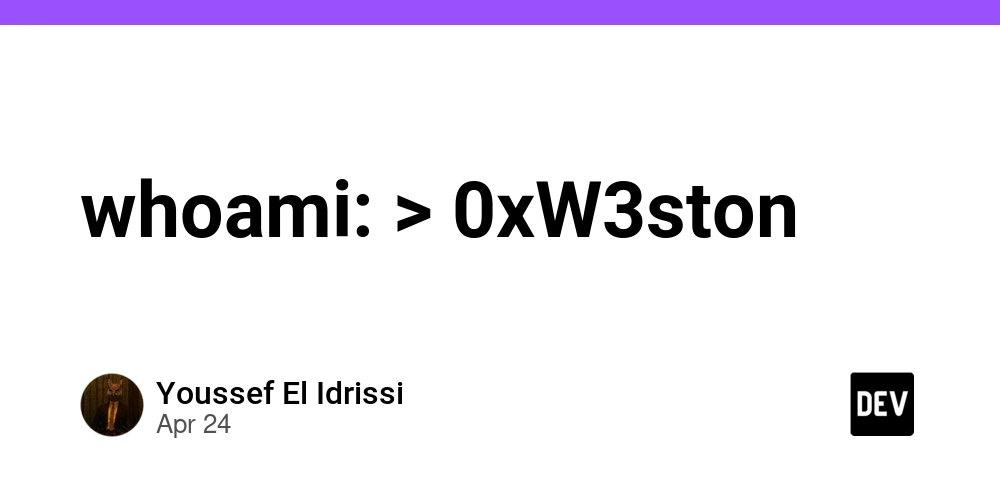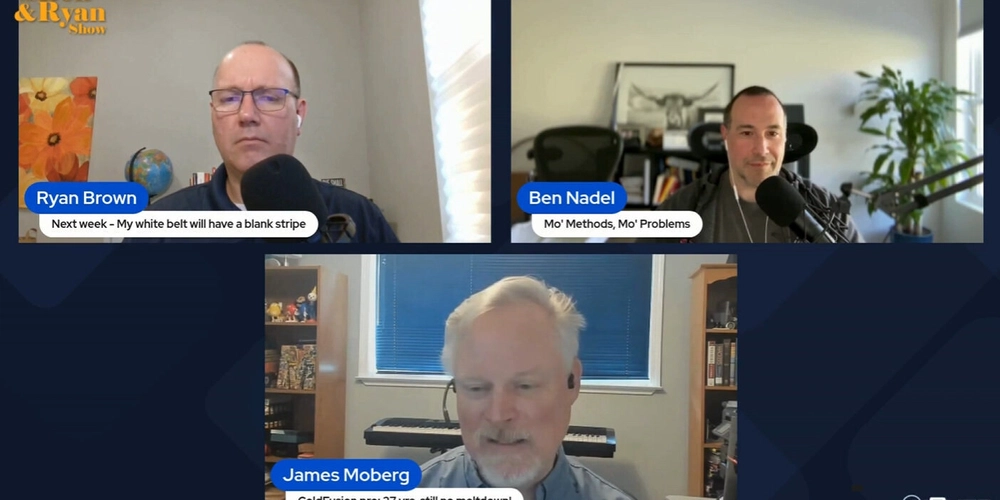DeepMD-kit Tutorial: A Beginner's Guide to Using DeePTB for Molecular Dynamics
Are you looking to dive into the world of molecular dynamics simulations with Deep Potential Molecular Dynamics (DeepMD)? This tutorial breaks down how to use DeePTB (Deep Potential Toolkit Builder) to create accurate and efficient simulations. Learn how this tool simplifies the process and helps you get started quickly.
What is DeePTB and Why Should You Use It?
DeePTB is a toolkit designed to streamline the process of building deep potential models for molecular dynamics. Instead of wrestling with complex setups, DeePTB provides a user-friendly interface to:
- Generate training data sets efficiently.
- Train deep potential models with optimal parameters.
- Test and validate the generated models to ensure accuracy.
- Run molecular dynamics simulations using the trained deep potential.
Getting Started with DeePTB: Installation and Setup
First things first, you'll need to get DeePTB up and running. Here's a quick rundown:
- Install the DeepMD-kit: Make sure you have the DeepMD-kit installed. It's the foundation upon which DeePTB operates.
- Clone the DeePTB repository: Download the DeePTB code from its repository using Git. This gives you access to all the necessary scripts and examples.
- Set up your environment: Configure your environment with the required dependencies, often including Python packages like TensorFlow or PyTorch, depending on your deep learning framework.
Step-by-Step: Building Your First Deep Potential Model
Now for the fun part! Let's walk through the process of creating a deep potential model using DeePTB:
- Data Generation: DeePTB can help you generate training datasets. Use its tools to create configurations that represent the atomic structures and forces your model will learn from.
- Model Training: With your data in hand, use DeePTB's training scripts to train the deep potential model. Specify your desired architecture and training parameters, and let DeePTB do the heavy lifting.
- Model Validation: Once trained, validate your model to ensure it accurately predicts forces and energies. DeePTB provides tools for comparing your model's predictions with reference data.
Running Molecular Dynamics Simulations with Your New Deep Potential
With a validated deep potential model, you're ready to perform molecular dynamics simulations:
- Integrate With LAMMPS: The DeepMD-kit, coupled with LAMMPS, allows you to perform extensive molecular simulations with efficiency due to the reduced computational cost of the Deep Potential method.
- Explore System Behavior: Simulate your system under different conditions (temperature, pressure, etc.) and observe its behavior.
Tips and Tricks for Optimizing Your DeePTB Workflow
- Start Small: Begin with a small training set and gradually increase its size as needed.
- Regularly Validate: Monitor your model's performance throughout the training process. This can help you identify and address issues early on.
- Leverage Examples: DeePTB comes with example scripts and configurations. Use them as a starting point for your own projects.
By following this guide, you'll be well on your way to mastering DeePTB and conducting impactful molecular dynamics simulations. Embrace the power of deep learning to gain deeper insights into the behavior of atoms and molecules.














